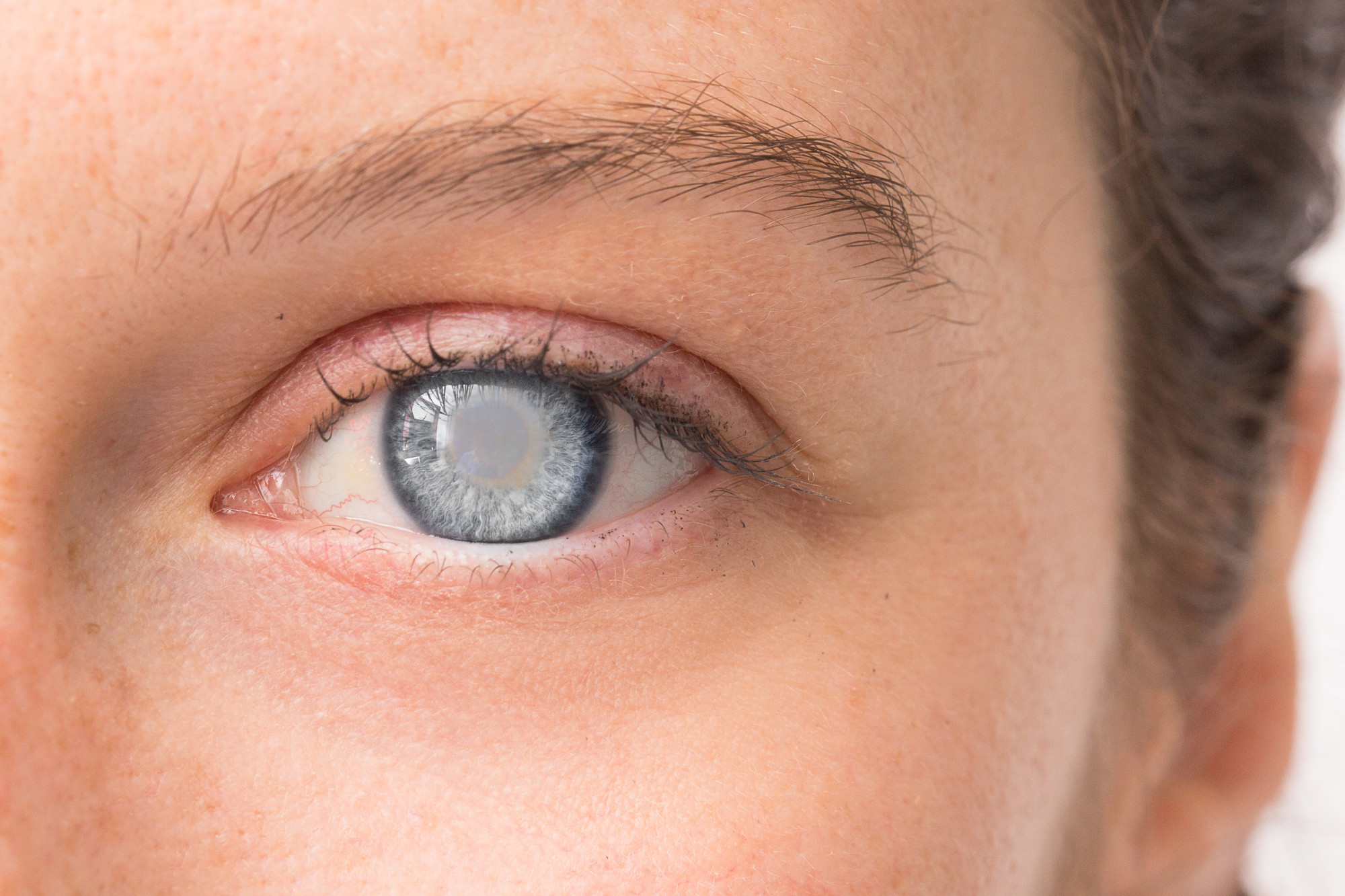
Did you know that in the United States alone, more than 24 million people over 40 have cataracts? A cataract occurs when proteins in your eye’s natural lens begin to break down. Over time, the lens becomes cloudy and causes your vision to become less colorful, hazy, or blurry. Understanding how cataracts are diagnosed and treated is important, especially as you age.
Diagnosing a Cataract
If you suspect you may be developing a cataract on your eye, your doctor will consider your medical history, ask about your symptoms, and ultimately perform an eye exam comprised of several types of tests.
- Retinal Exam – Your doctor will use eye drops to dilate your eyes and examine your retina for signs of a cataract.
- Slit-lamp Exam – This exam magnifies the front of your eye and illuminates several different parts of your eye. Your doctor can view your cornea, lens, iris, and the spaces between them more easily to check for anything abnormal.
- Visual Acuity Test –This is the standard eye exam that requires you to read a series of letters on an eye chart to determine if you are having trouble seeing out of one or both eyes.
Treating a Cataract
If you have a cataract that isn’t responding to prescription glasses, surgery is the next course of treatment. Cataract surgery is performed by board certified medical doctors Arlington WA. Your doctor will remove your clouded lens and replace it with an artificial one as a permanent part of your eye. The surgery is usually done as an outpatient procedure. You will be able to heal at home, which takes about eight weeks. If both of your eyes have cataracts, you will only receive one surgery at a time. Once the first one heals, your doctor will schedule the second surgery.
If you suspect you may have a cataract, or if you are experiencing other vision problems, make an appointment with your eye doctor as soon as possible to discuss your options.
